Two months after the stock market crash of 1929, an American Gold Rush heiress named Eila Haggin McKee purchased a Paul Gauguin still life called “Flowers and Fruit.” (ca. 1889) from the Reinhardt Galleries in New York City for $5,000. Ten years later, McKee gave the painting to the Haggin Museuma new new museum in Stockton, California that she helped found, and where it has remained on display ever since. But for almost ninety years the art world believed the painting was lost. When it was ‘rediscovered’ in 2018, the Gauguin Commission of the Wildenstein Plattner Institute decided to remove the work from the latest version of the artist’s catalog raisonné. ‘Flowers and Fruit’ was no longer an authentic Gauguin, at least in the opinion of the institute.
How did a painting once coveted by museum directors and collectors alike simply disappear? And how can a work of art suddenly be considered inauthentic after more than a century of authenticity? This is the subject of The case of the disappearing Gauguin: an investigation into authenticity and the art market by Stephanie Brown.
The case of the disappearing Gauguin is many things at once. It is an art detective mystery, a behind-the-scenes look at provenance research, a psychological analysis of Paul Gauguin and a critical commentary on the art market. It’s also a case study of what can go wrong from the moment a painting leaves an artist’s hands. Brown takes the reader from the rocky coast of Brittany, France, to the hallowed halls of Paris’s most esteemed art auction houses, the galleries of London’s New Bond Street and New York City’s Fifth Avenue, and finally to a little-known museum in Paris. Northern California, revealing, in her words, a “complex, layered story” with “unexpected connections and surprising gaps.”

In the book, Brown provides one definition of provenance: the “chain of transfer of ownership and possession” of a work of art. According to this definition, there are some critical issues regarding the provenance of ‘Flowers and Fruit’ that come from Gauguin himself, whom Brown describes as a wandering soul who lived an ‘itinerant life’ full of ‘broken relationships’. Gauguin himself often did not know exactly where his paintings were located. Since the artist had no commercial success during his lifetime, there was no reason for anyone to keep detailed records of his paintings. His agent, well-known dealer Ambroise Vollard, kept “famously vague and inconsistent” records, according to Brown. And finally, relationships between art dealers in the early twentieth century were complex, opaque, and international, allowing art to be purchased and flown under the radar. This combination of unfortunate factors sowed doubt almost 130 years after “Flowers and Fruit” was created.
The painting shows two vases, one blue and one dark pink, with eight pieces of fruit and floral blue wallpaper in the background. According to the Wildenstein Institute’s 1964 catalog raisonné, which deemed the painting authentic, but noted it as “to differ‘, or ‘missing’, was probably painted in 1889 in an inn on the coast of Brittany. Scientific analysis has so far confirmed that the painting does indeed date from that period.
However, it is not a painting that screams ‘Gauguin’. Brown calls it ‘ordinary’. Still lifes make up only 15 percent of the artist’s oeuvre, and “Flowers and Fruit” is unlike any of his others. It also doesn’t seem to reflect a particular location, which his work often does.
But, as Brown notes, the painting does resemble that of Paul Cézanne.Still life with fruit bowl” (1879–80), owned by Gauguin. And he often lost sight of works of art. He kept paintings with friends and acquaintances between trips through France and long stays in Tahiti. He often quarreled with them; sometimes they refused to return his artwork. And he had no family life to speak of, having abandoned his wife and family shortly after the French stock market crash of 1882.

“Flowers and Fruit” was dedicated to “à l’ami Roy” – “the friend Roy” – according to the words above Gauguin’s signature on the painting. One of Brown’s first quests was to find out who exactly “Roy” was. Through what she describes as a “meticulous collection of source material,” Brown discovered that Louis Roy was an aspiring artist and high school art teacher who had collaborated with Gauguin on a series of woodcuts. Gauguin once made a portrait of him, and he owned numerous Gauguin paintings before selling half a dozen to Vollard shortly after the artist’s death. Two years after Roy died, his wife sold two more. However, none of these were ‘Flowers and Fruit’.”
By the early 1920s, interest in Gauguin had increased exponentially. Major museums, including the Louvre, the Metropolitan Museum of Art and the Art Institute of Chicago, added the artist’s work to their collections. In 1923, “Flowers and Fruit” was sold at the auction Hotel Drouota respected auction house in Paris, offered as one of many Gauguins said to come from the Louis Roy collection. At the time, the painting was considered a ‘signature work’ of Gauguin; famous French actor Sacha Guitry bought the painting for 14,000 francs – roughly the equivalent of about $10,000 today, according to some conversions. Six years later, Guitry put the painting up for auction again at the same auction house, where an amateur collector named Max Kaganovitch, bidding on behalf of gallery owner Étienne Bignou, bought it for 42,700 francs. or about $20,000 today. From there it traveled to London, where Bob McKee, Eila’s husband, saw it in a gallery window. When it traveled to the Reinhardt Gallery in New York City later that year, the McKees purchased it.
In 1939, the McKees donated the painting to the Haggin Museum, 80 miles east of San Francisco. It was a museum specialized in local history, rather than art. There were no art historians who could write a catalogue. It had no ties to the larger art community, and there are no records of collaboration with outside art experts. This is how the painting disappeared from the art world – until 2018, when Brown contacted the Wildenstein Institute to let them know where the painting was, and sent them her research. The institute inspected the painting and decided not to include it in the new edition of Gauguin’s catalog raisonné, but did not provide any reason why.

‘Flowers and Fruit’ was once the pride of the Haggin Museum. The painting was on mugs, coasters and postcards in the gift shop. However, due to the uncertainty about the painting’s provenance, the museum removed the painting from view in 2018 and hung it in a private office. However, it will return to the museum galleries next month as part of a special exhibition exploring the painting’s history and provenance. It will hang next to another Gauguin still life, ‘Still Life with Quimper Pitcher’ (1889), on loan from the BAMPFA collection at the University of California Berkeley.
Brown set out to answer the question of whether “Flowers and Fruit” was authentic. She doesn’t find a definitive answer, but her research leads her to many other important questions: Who gets to decide what is authentic or not? What is the definition of ‘authenticity’? Does the location where a work of art ends up (a fine arts museum, a renowned private collector, or a local history museum) affect the painting’s legitimacy? What inherent biases exist within provenance research? Which groups of people or types of artists are privileged in this research? Does the practice take into account human nature and how history unfolds, which is often messy, unpredictable and unclear?
According to Brown, the story of the painting’s fluctuating authenticity is more of a “story about cultural power and identity, and the way the art world assigns value.” Disregarding a catalog raisonné, Brown writes, “does not necessarily confirm or deny the authenticity of a work of art.” She adds: “Gauguin specialists do not always agree on the authenticity of a particular work.” For example, in July 2024, two more still lifes by the artist were removed from the latest update of Wildenstein’s catalog raisonné, including one housed in the Glyptotek Museum purchased in Copenhagen at the same auction in 1923 as ‘Flowers and Fruit’, and one from the Musée D’Orsay in Paris. Additional scientific research, Brown adds, could provide more answers. Ultimately, the complicated history of ‘Flowers and Fruit’ is still being written.
The case of the disappearing Gauguin: an investigation into authenticity and the art market (2024) by Stephanie Brown, published by Rowman & Littlefield, is available online and in bookstores.


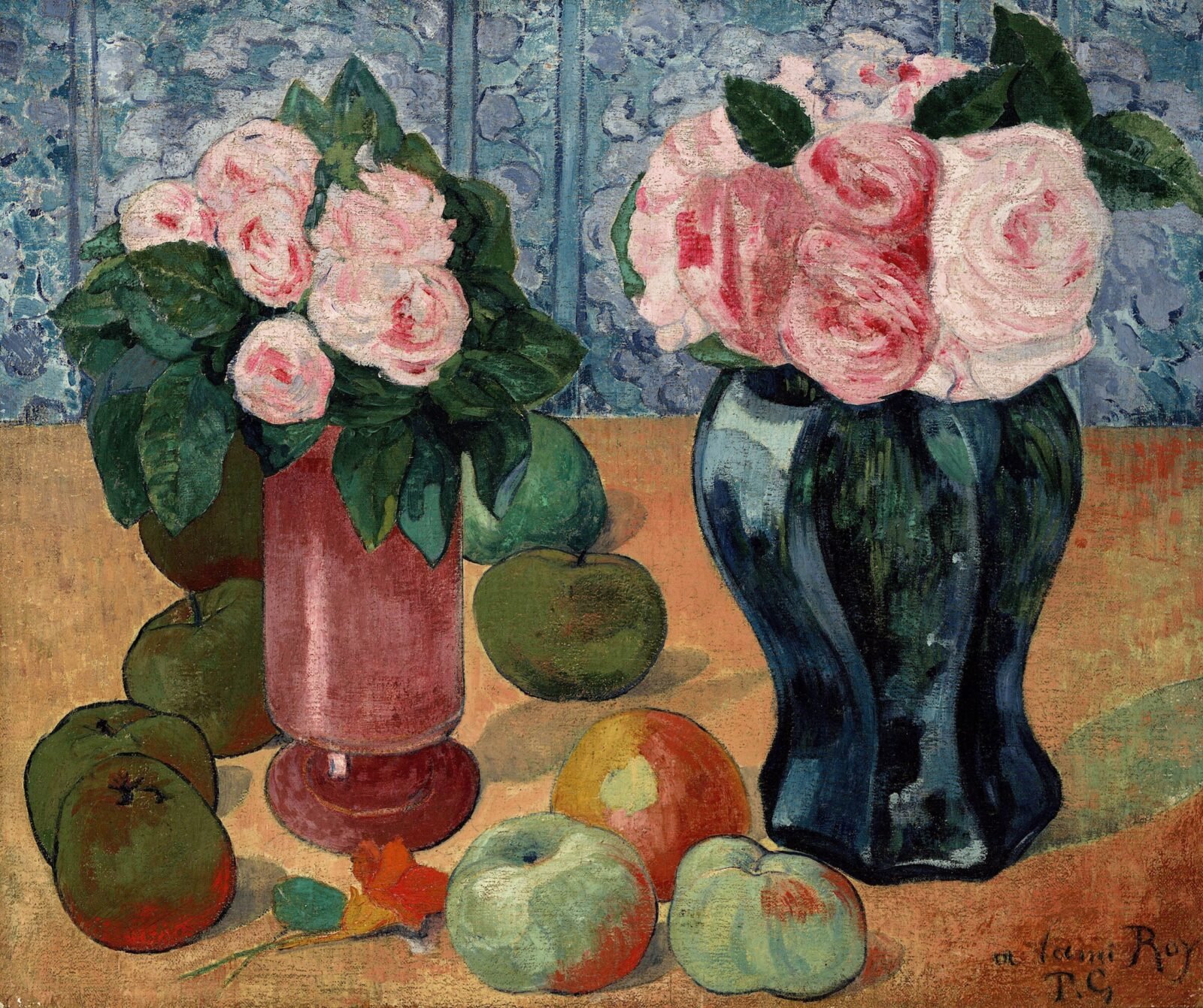
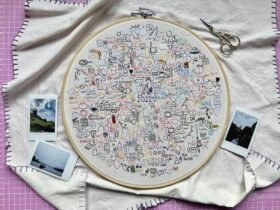



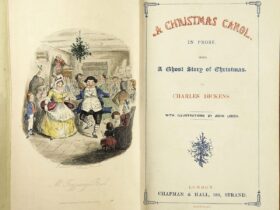
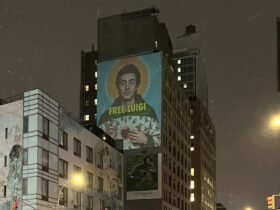
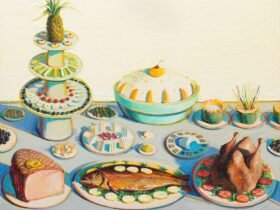



Leave a Reply